A Leading Italian Newspaper Reviews i-Italy: "The Multimedia Platform Telling the USA All About the ‘New Italy’"
From: Corriere della Sera / Innovazione (April 21, 2016)
Founded in New York by Letizia Airos and Ottorino Cappelli, i-Italy has taken a reverse route to traditional media platforms; born in 2007 as an online resource and migrating, years later, onto paper and the television. Recounting Italian news to New Yorkers, in a short amount of time i-Italy has recorded impressive figures: the bilingual website receives 1.1 million visits per year, 50,000 copies of the bi-monthly magazine are printed and distributed for free in the city, and the Facebook page has +180,000 ‘likes’. In addition, every Sunday i-Italy has a 30-minute program on NYC life, the TV channel for the City of New York.
Yet, rather than simply being a journalistic project, initially i-Italy proposed itself as a cultural mediator between Italy and the United States.
“It was the end of the 90s, we had a web service company that was acquired through a capitalist venture” recalls Cappelli, a professor of Political Science at the University “Orientale” of Naples. “Our project was called i-Italy, and it was an E-commerce site with news stories aimed at an American audience.”
The era of Bin Laden and the collapse of the stock market, however, ruined this idea. In 2005/6 it re-emerged in another form; thanks to a European call for training courses, Airos and Cappelli managed to obtain - in collaboration with the Sapienza University of Rome - funding to create a journalism course in English on Italian topics, to take place in New York. “It lasted a year, from 2007 to 2008; twelve Italian students divided into two groups, one for social media and one for online journalism. i-Italy was the website for the course”, explains Cappelli. “The funding ended, but we decided to carry on: cultural mediation remained our principle characteristic. Some of those students are still with us today.” The editorial journey of i-Italy began at that moment, relying on a cycle of production of information that included web, print, television, YouTube videos, social media and mobile.
“At that time there was a total void; on the Internet there was nothing that spoke in English simultaneously to Italians living abroad, Italian Americans and Americans. We initiated a dialogue between these three far-off worlds, which today can be found on our website”, says Airos, explaining that Italian publications abroad, in order to receive public funding, must provide news in Italian, missing out on a huge section of the public: Italians, who read their own newspapers online, and Italian Americans, who now speak mainly English.
To reach this audience, the relationship with the consulate and with two partner universities has been essential: the Calandra Institute at CUNY, where i-Italy has its headquarters, and the Italian House of NYU. “The American audience, however, came predominantly due to the collaboration of journalists and leading intellectuals, and thanks to our contact with the city; we go around with a camera in hand, we talk about Italian events and our magazine is distributed in shops, cafes and restaurants around New York, beginning with Eataly”, continues Airos, ex-official of the Foreign Ministry who left to follow her passion for journalism.
Since 2008, moreover, i-Italy has focused on the production of high-quality videos, attracting the attention of the TV channel for the City of New York. As such, in 2012 i-ItalyNY was born, a 30-minute program on Italian events in the city. At the same time came the launch of the print magazine, presented by Jovanotti and by the designer Massimo Vignelli. The latter designed the tricolor Fiat 500 that the i-Italy team – seven fixed people, as well as collaborators and translators – use to get around New York.
“We talk mainly about Italian events and things to do around the city, but we also deal with social issues”, explains Airos, on the editorial branch of the initiative. “We want to reach Americans and having a paper magazine has helped us a lot. A monthly magazine would also work. We are working on it, but we need to find the resources.”
To continue to grow, Airos and Cappelli rely on a triple strategy: publicity, donations and communication services.
“Last year in New York, for example, there was the first exhibition abroad of the original manuscripts of Saint Francis of Assisi (13th century). We carried out an incredibly strong promotional campaign, the New York Times even called us for information”, recalls Airos.
“Jobs like these make a profit. Now we also have an agreement with an Italian advertising company, FirstMediaAdv; we realised that the advertising revenue must be intercepted before it reaches America”, explains Cappelli, who takes care of the entrepreneurial aspect. “Ours is a model that one could replicate anywhere. We want to expand, even following Eataly into the rest of America. They are willing to help us, now we must find the funding. The model is simple; an informative part that will interest all of America and a local part that would be interchangeable and cover restaurants, shops and events in the area.”
The potential audience is after all rather extensive; as well as Italians abroad (around 200,000 of whom reside in the USA), we can include Italian-Americans (18 million) and especially Americans passionate about Italy (4 million of whom go on holiday to Italy each year). “The greatest challenge is making ourselves understood; a translation almost never allows you to fully reach another culture”, affirms Airos. “To communicate Italy abroad, we must build a bridge; a cultural mediator. This is what i-Italy is.”






























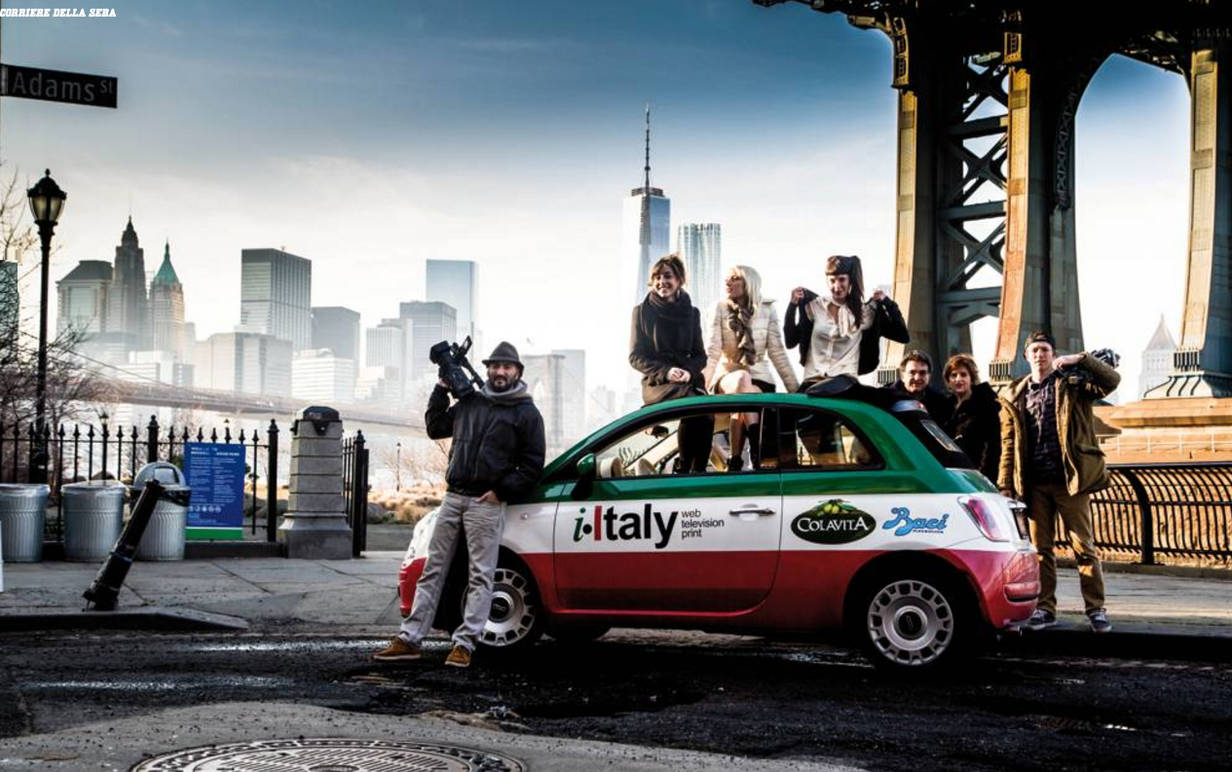
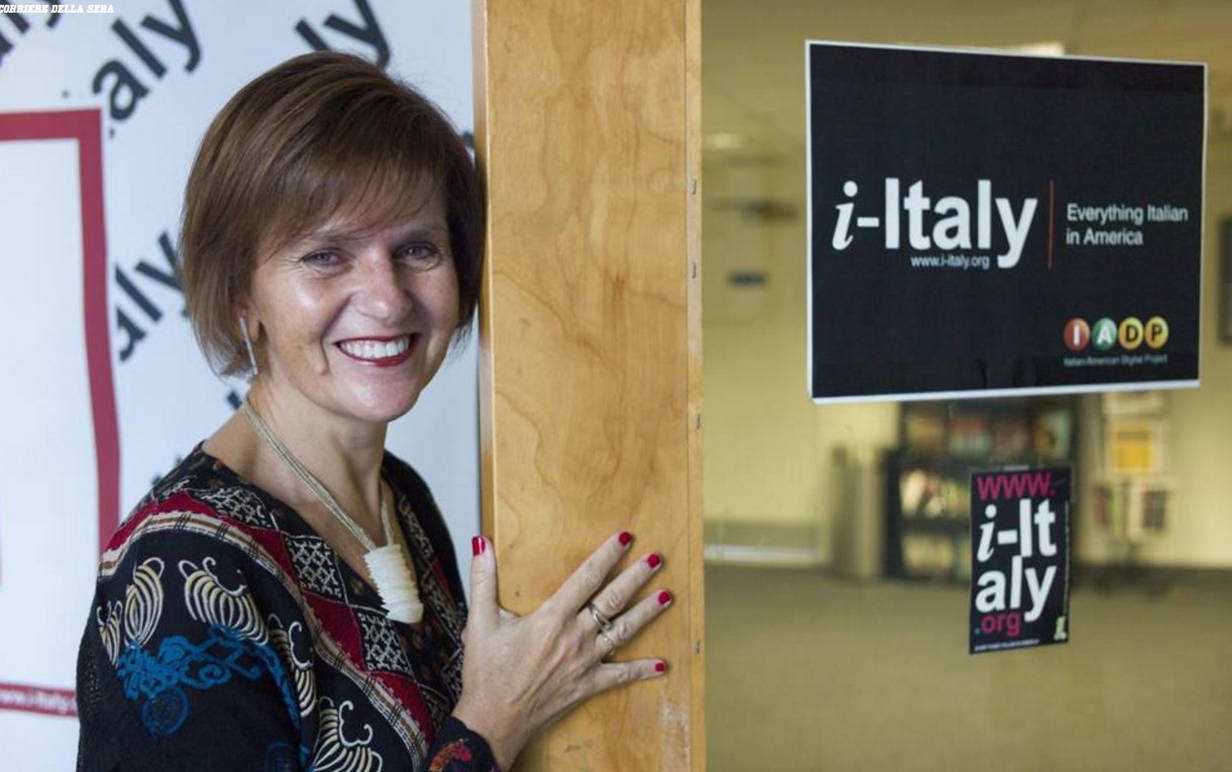
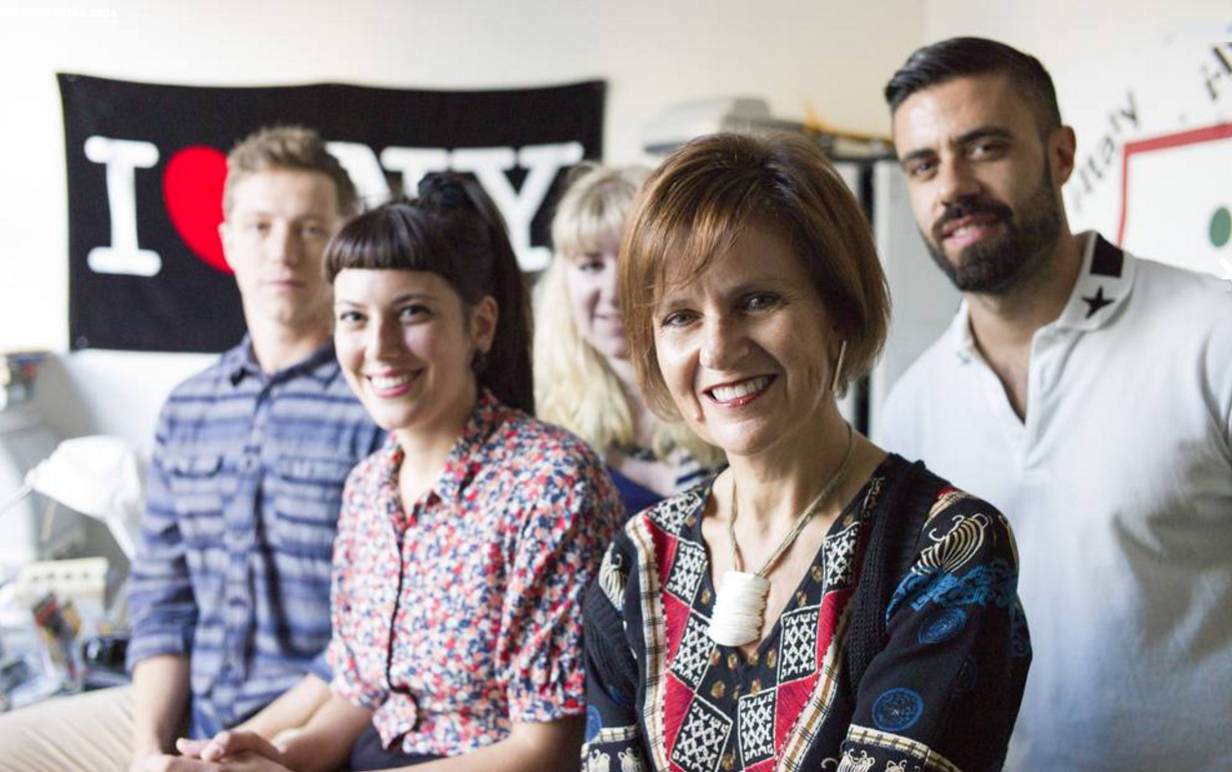
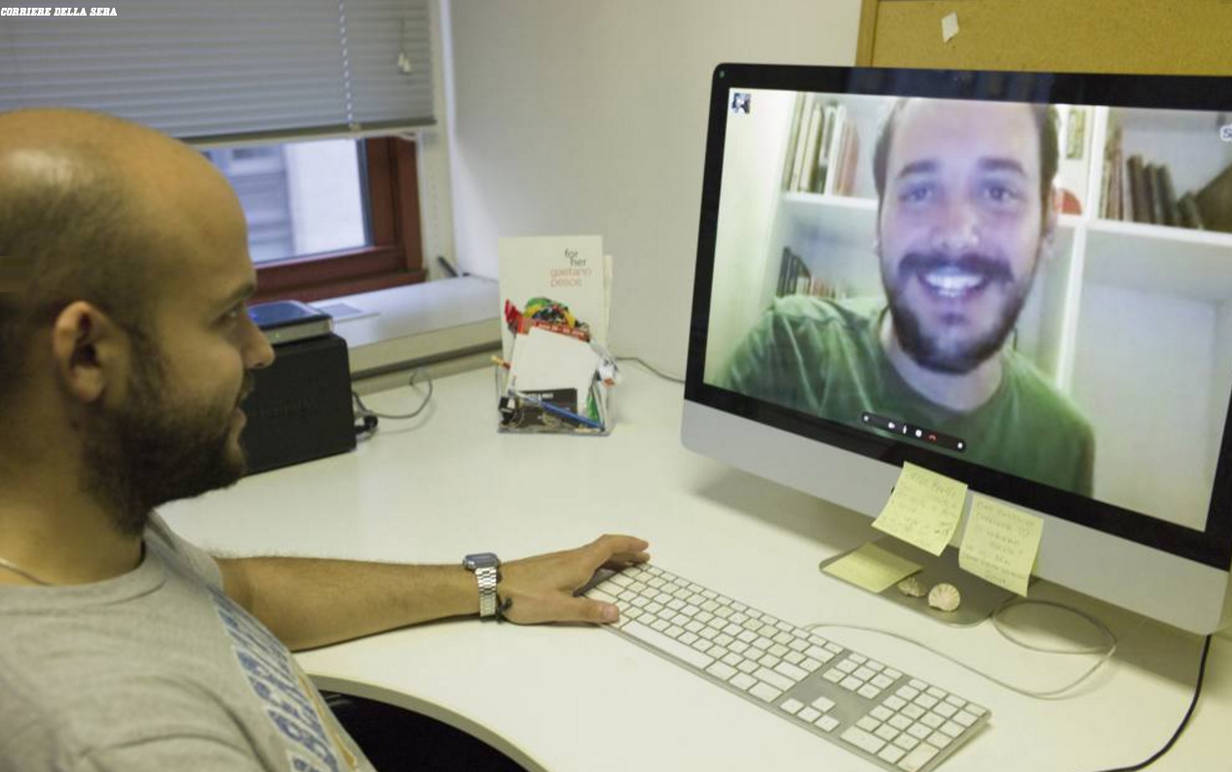
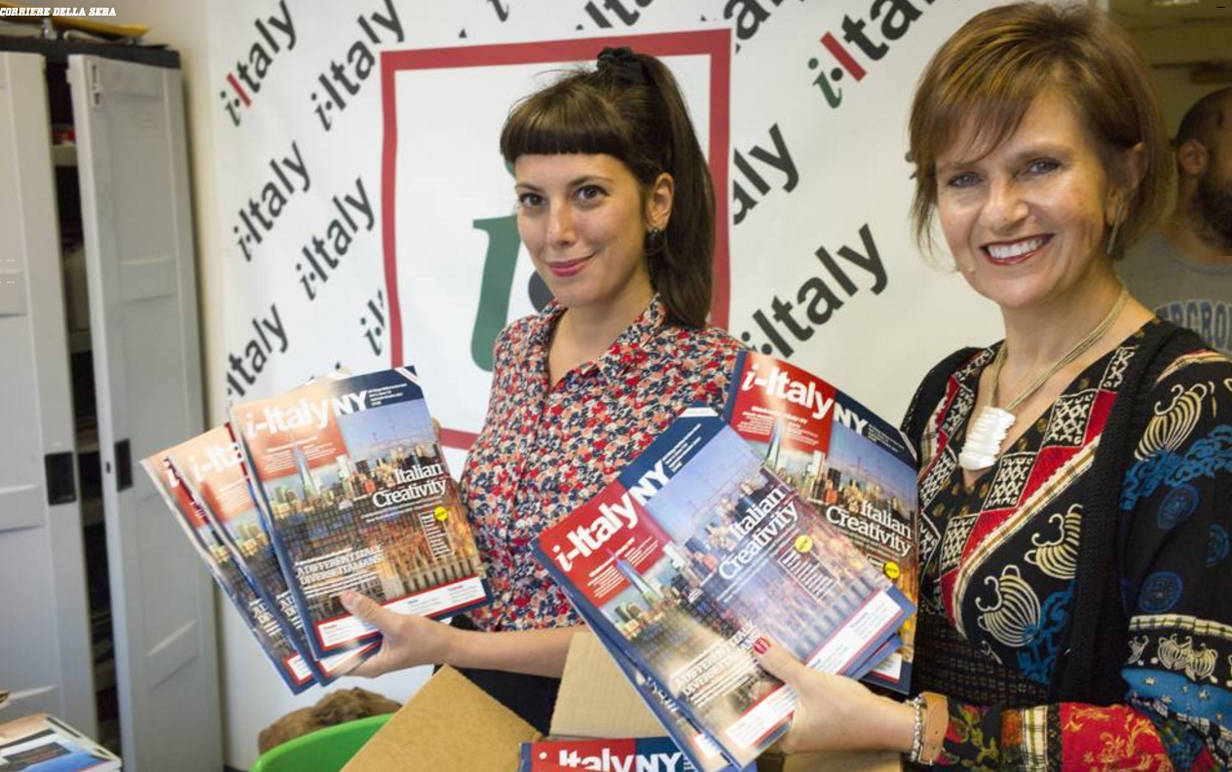
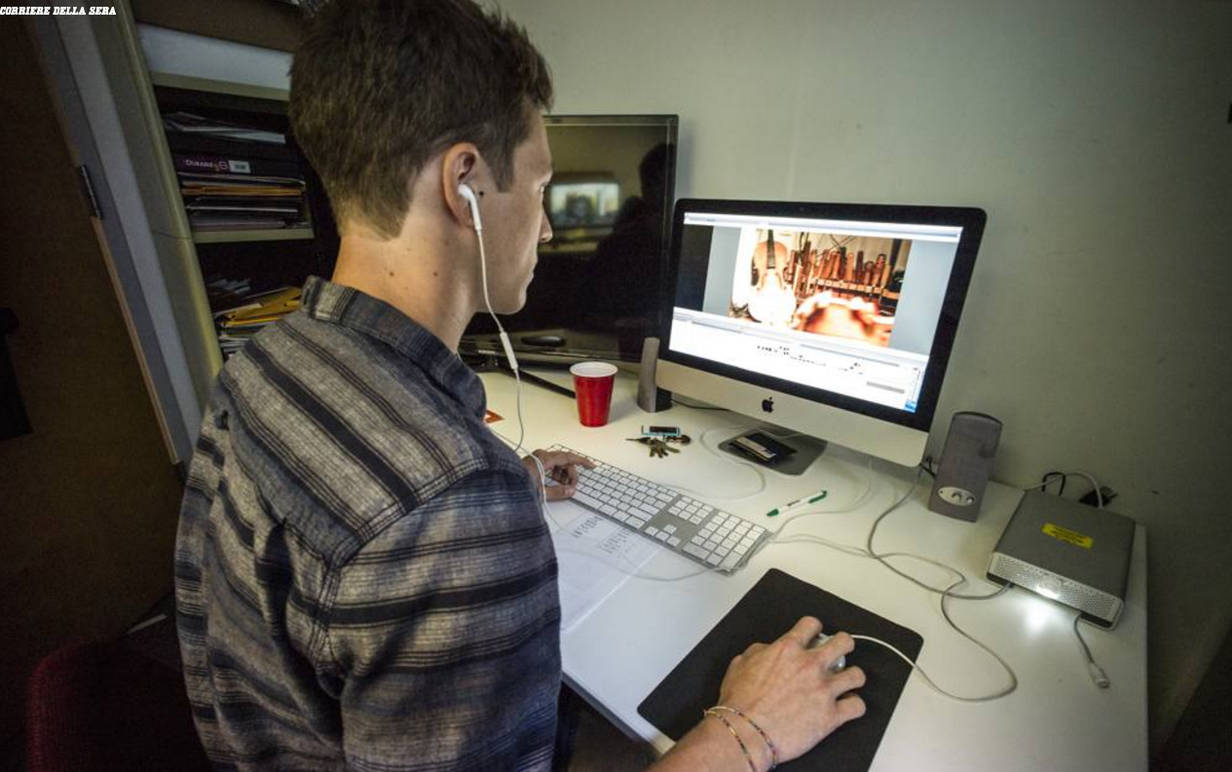
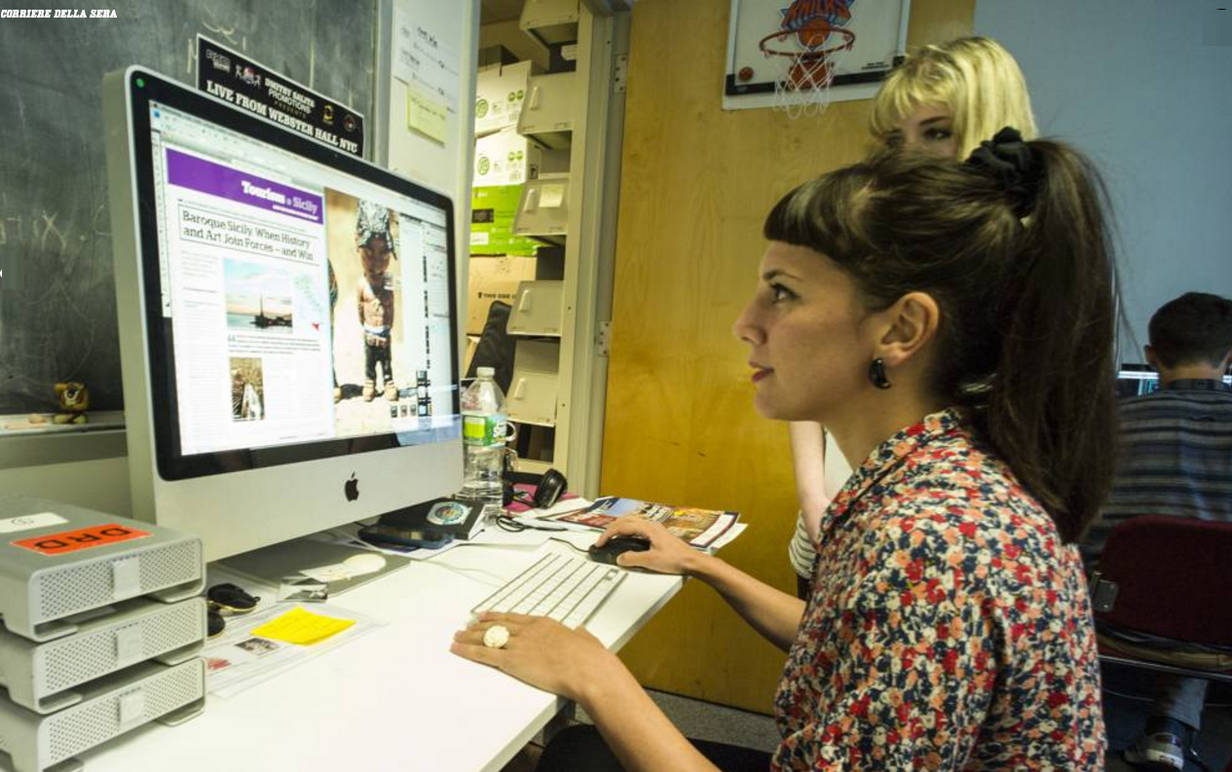
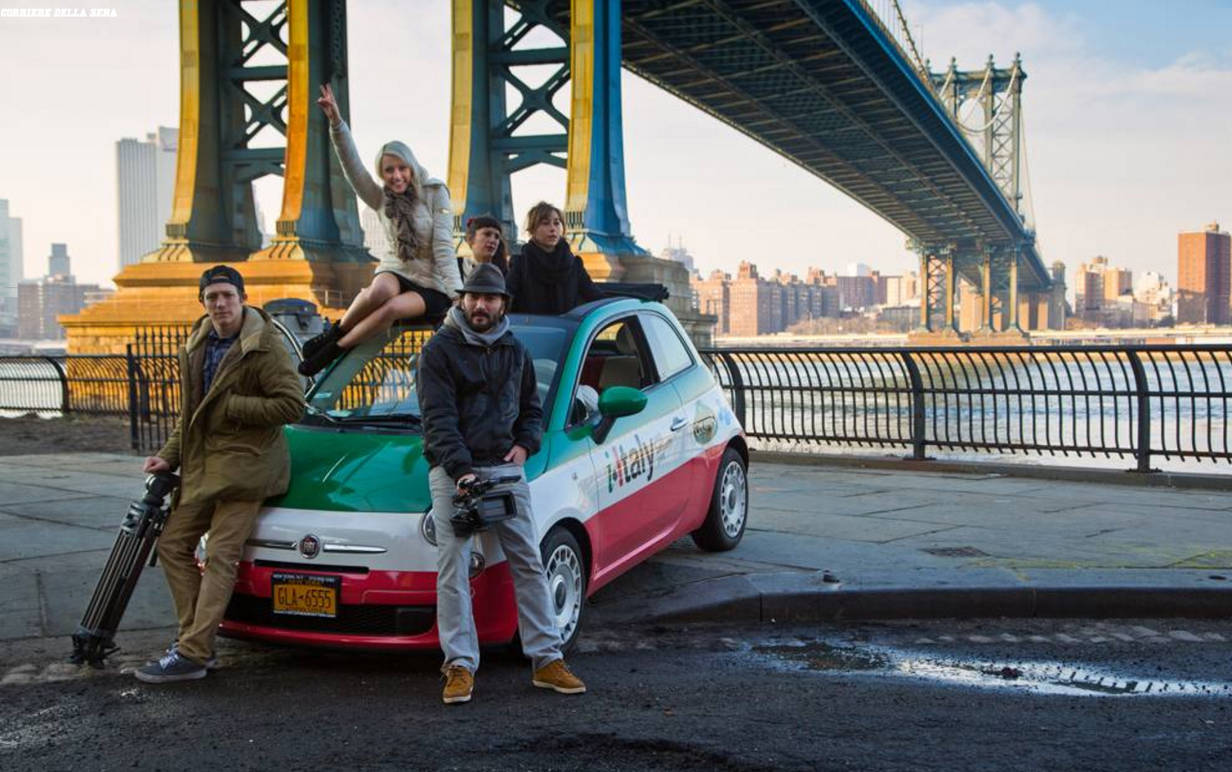



i-Italy
Facebook
Google+
This work may not be reproduced, in whole or in part, without prior written permission.
Questo lavoro non può essere riprodotto, in tutto o in parte, senza permesso scritto.